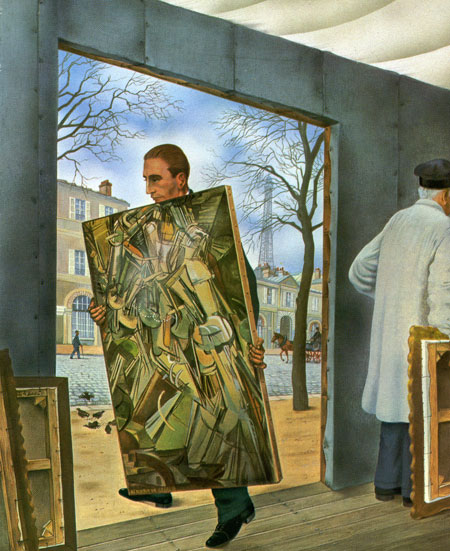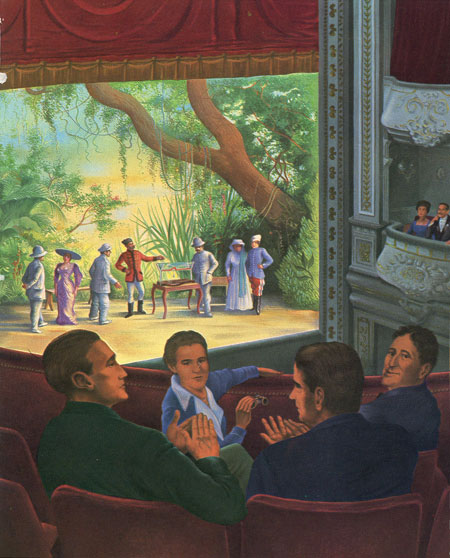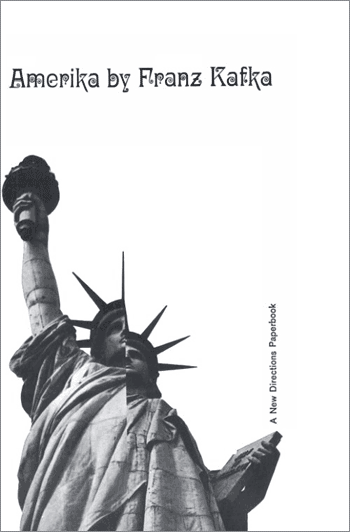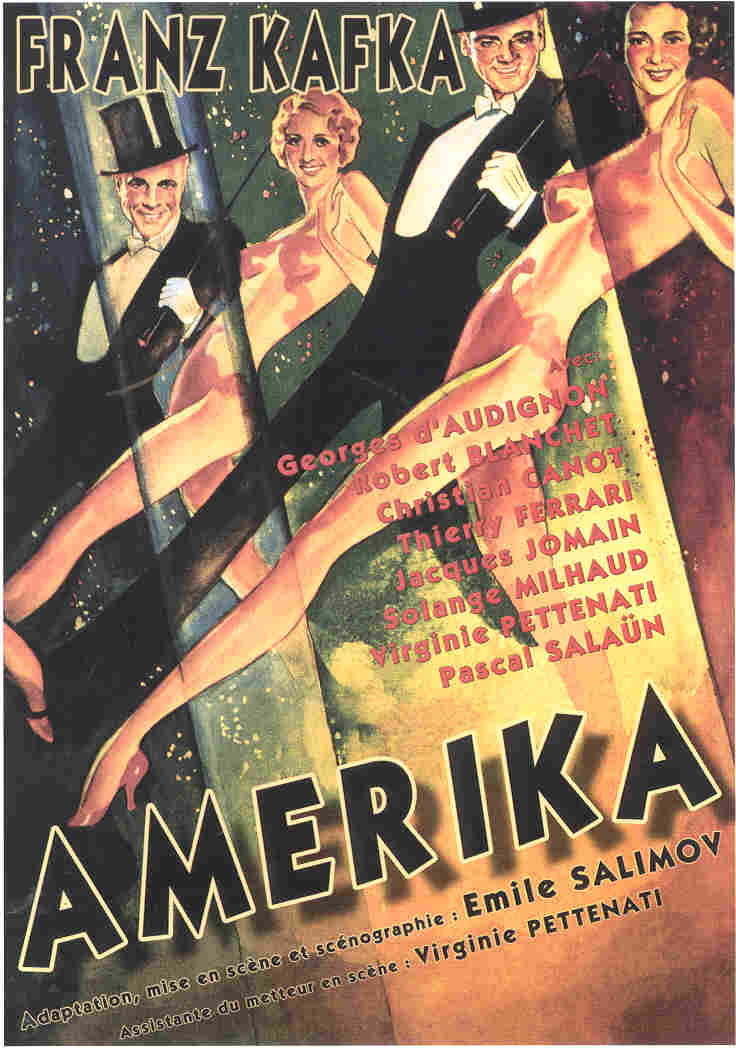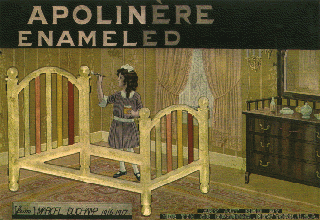Here’s a letter from Dick Higgins about rent from 13 February 1965:

And here’s what appears to be Marcel Duchamp’s first appearance in the Times, an unsigned note in the “Topics of the Times” section from Sunday, 1 March 1913:
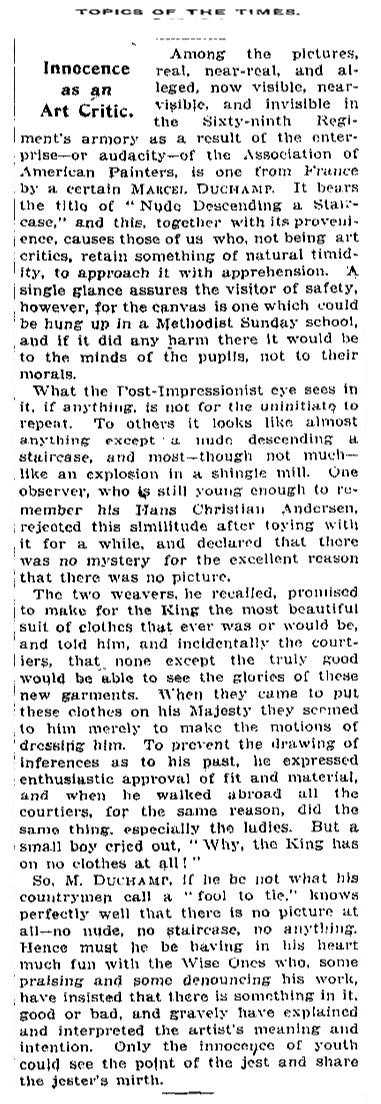
An unsigned notice on the publication of Duchamp’s Green Box with a lovely turn of phrase: “there is something nostalgic and lavender about it, too”. From 30 June 1935; also seems to be unsized. Click the thumbnail for the full-sized scan.

